Westward Expansion 1800-1900
History
Annie Bidwell
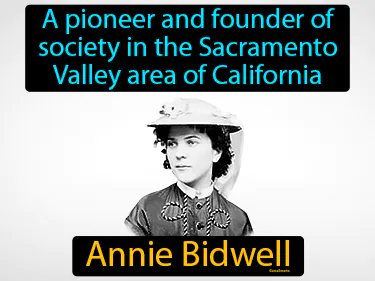
A pioneer and founder of society in the Sacramento Valley area of California. Annie Bidwell. She was a prominent figure in the late 19th century who contributed to women's rights and education.
assimilation
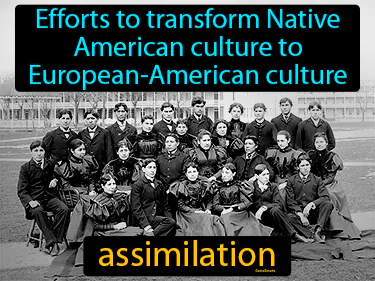
Efforts to transform Native American culture to European-American culture. Assimilation. Assimilation is the process of a minority group gradually adopting the customs and attitudes of the dominant culture.
Battle of the Little Bighorn
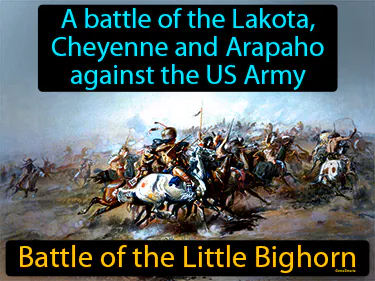
A battle of the Lakota, Cheyenne, and Arapaho against the US Army. The Battle of the Little Bighorn was a significant 1876 conflict where Native American forces defeated Lt. Col. Custer and the 7th Cavalry.
Battle of Wounded Knee
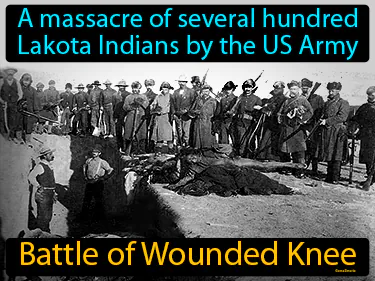
A massacre of several hundred Lakota Indians by the US Army. Battle of Wounded Knee. The Battle of Wounded Knee was a violent confrontation in 1890 where the US Army killed many Lakota Indians, marking the end of the Indian Wars.
boomtowns
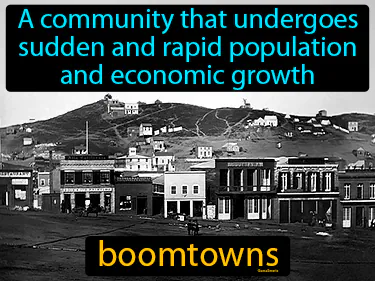
A community that undergoes sudden and rapid population and economic growth. Boomtowns. In History, boomtowns are towns that quickly spring up and grow, often due to nearby resource discoveries like gold or oil.
Brigham Young
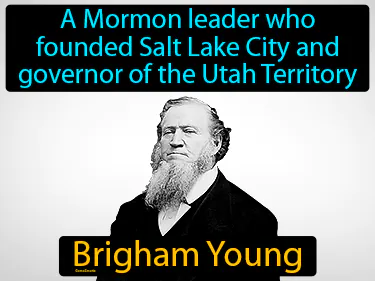
A Mormon leader who founded Salt Lake City and governor of the Utah Territory. Brigham Young. He was a key figure in American history for leading the Mormon pioneers to the West and establishing their new home in Salt Lake City.
Buffalo Soldiers
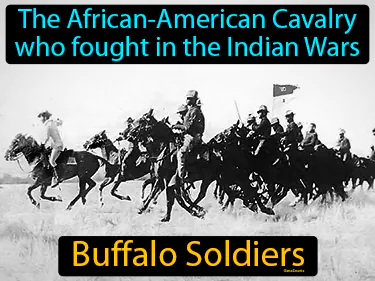
The African-American Cavalry who fought in the Indian Wars. Buffalo Soldiers. Buffalo Soldiers were African-American regiments in the U.S. Army who served on the western frontier after the Civil War.
cattle drive
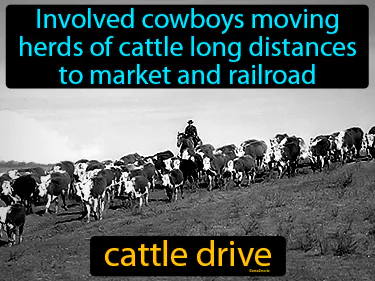
Involved cowboys moving herds of cattle long distances to market and railroad. Cattle drive. A cattle drive was a journey where cowboys herded cattle over long distances to sell them or transport them to railroads for shipping.
Cattle Kingdom
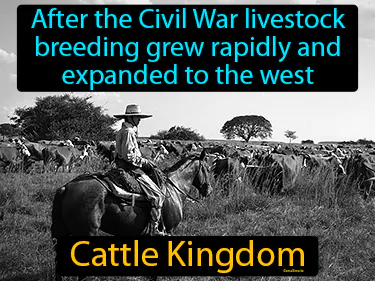
After the Civil War livestock breeding grew rapidly and expanded to the west. Cattle Kingdom. The Cattle Kingdom refers to the period in the late 19th century when cattle ranching boomed across the Great Plains in the United States.
Chief Joseph
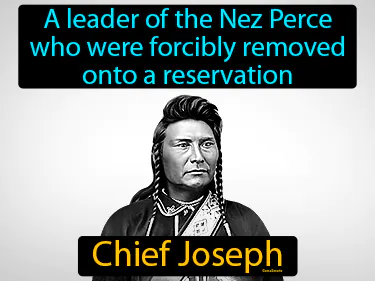
A leader of the Nez Perce who were forcibly removed onto a reservation, Chief Joseph. Chief Joseph was a Native American leader known for his resistance against the U.S. governments attempts to forcibly relocate his tribe.
Chisholm Trail
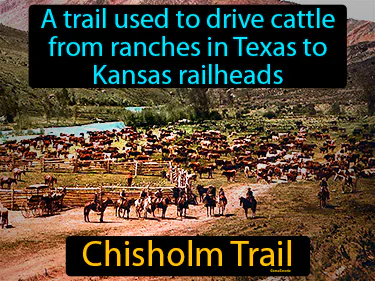
A trail used to drive cattle from ranches in Texas to Kansas railheads. Chisholm Trail. The Chisholm Trail was a historic route used by cowboys to transport cattle from Texas to rail stations in Kansas after the Civil War.
Comstock Lode
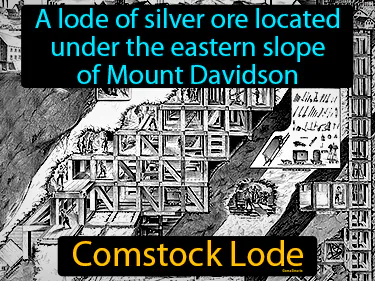
A lode of silver ore located under the eastern slope of Mount Davidson. Comstock Lode. The Comstock Lode was the first major silver discovery in the United States, sparking a silver rush in Nevada during the mid-19th century.
Crazy Horse
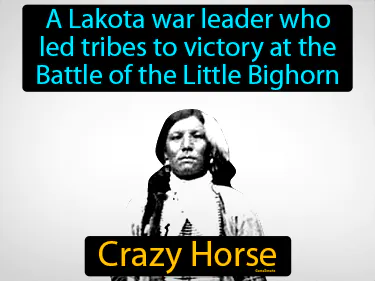
A Lakota war leader who led tribes to victory at the Battle of the Little Bighorn. Crazy Horse. He was a Native American leader known for his bravery and tactical skill in resisting U.S. government forces.
Daniel Boone
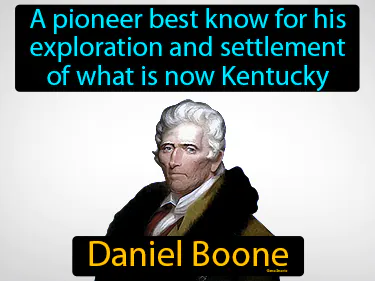
A pioneer best known for his exploration and settlement of what is now Kentucky. Daniel Boone. Daniel Boone was an American frontiersman who helped open up the western United States in the 18th century.
Dawes Act
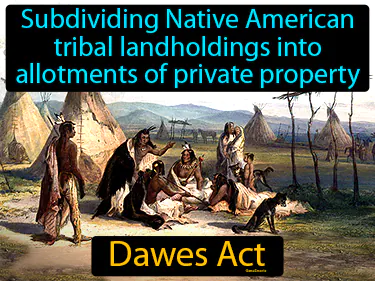
Subdividing Native American tribal landholdings into allotments of private property. Dawes Act. The Dawes Act was a U.S. law passed in 1887 aimed at assimilating Native Americans by distributing tribal land into individual allotments.
dry farming
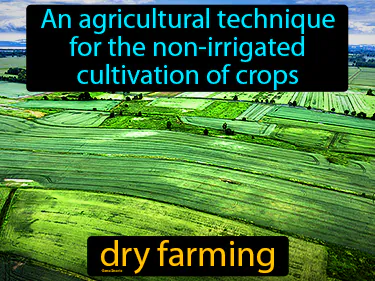
An agricultural technique for the non-irrigated cultivation of crops. Dry farming. In history, dry farming was used to grow crops in areas with little rainfall by conserving soil moisture.
exodusters
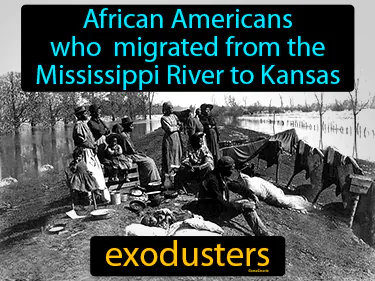
African Americans who migrated from the Mississippi River to Kansas. Exodusters. Exodusters were African Americans who left the South after the Civil War to settle in Kansas, seeking better opportunities and escaping racial oppression.
frontier
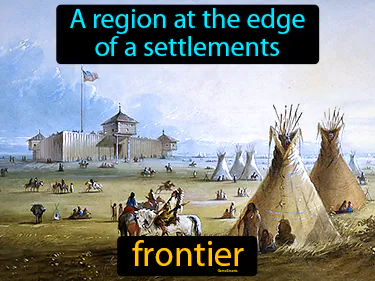
A region at the edge of a settlement's frontier. Frontiers are the unexplored or newly settled areas at the boundary of a civilization.
George A Custer
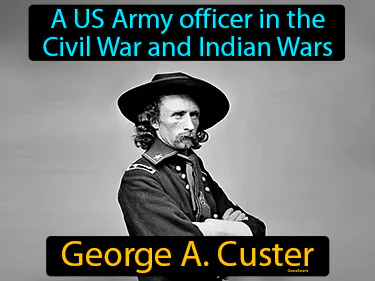
A United States Army officer and cavalry commander in the American Civil War and the American Indian Wars, George A. Custer. He is famously known for his defeat and death at the Battle of the Little Bighorn.
Geronimo
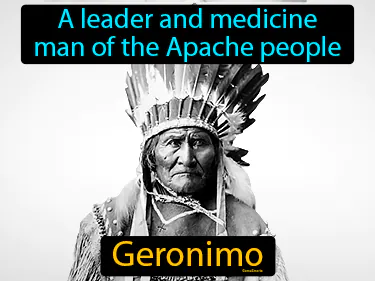
A leader and medicine man of the Apache people, Geronimo. He was a prominent Native American leader known for his resistance against U.S. and Mexican military forces in the late 19th century.
Ghost Dance
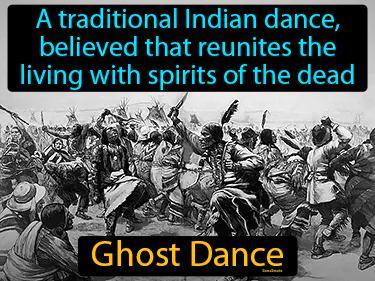
A traditional Indian dance, believed that reunites the living with spirits of the dead. Ghost Dance. The Ghost Dance was a religious movement among Native American tribes in the late 19th century, aiming to restore their traditional way of life and bring peace.
Grange
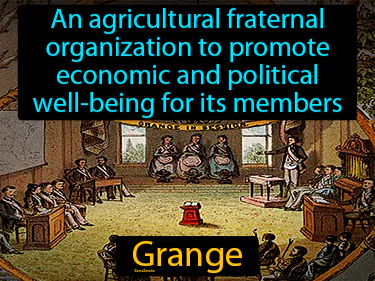
A fraternal organization in the US that encourages families to band together to promote economic and political well-being. Grange. Historically, the Grange is a movement that began in the late 19th century to support and advocate for the interests of American farmers.
Homestead Acts
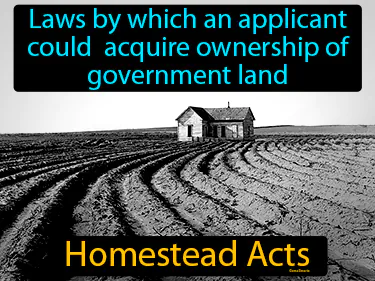
Laws by which an applicant could acquire ownership of government land. Homestead Acts. The Homestead Acts were U.S. laws that provided free land to settlers willing to farm and improve it.
John C Fremont
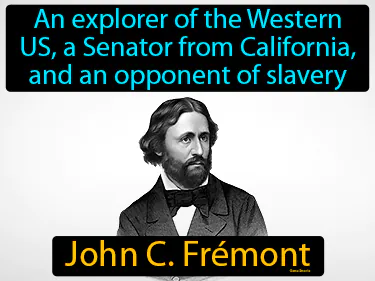
An explorer of the Western US, a Senator from California, and an opponent of slavery. John C. Fremont. He was a key figure in American expansion to the West and played a significant role in the early politics of California.
John Jacob Astor
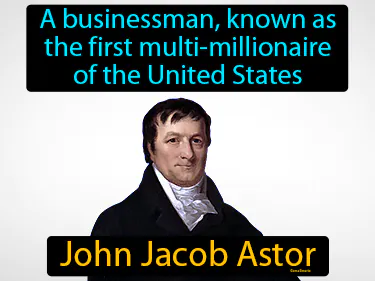
A businessman, known as the first multi-millionaire of the United States, John Jacob Astor. He was a fur trader and real estate investor who amassed great wealth in the early 19th century.
Lewis and Clark expedition
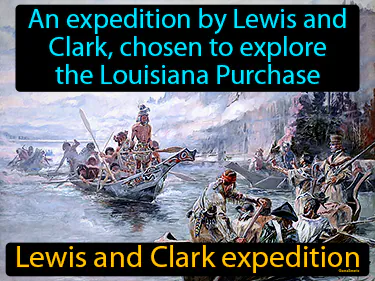
An expedition by Lewis and Clark, chosen to explore the Louisiana Purchase. Lewis and Clark expedition. The Lewis and Clark expedition was a journey to map and explore the land bought in the Louisiana Purchase.
Long Walk
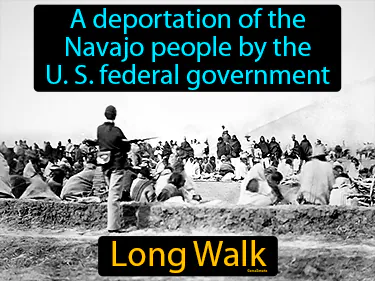
A deportation of the Navajo people by the U.S. federal government. Long Walk. The Long Walk was a forced relocation of the Navajo people by the U.S. government in the 1860s, making them march over 300 miles to a reservation.
Louisiana Purchase
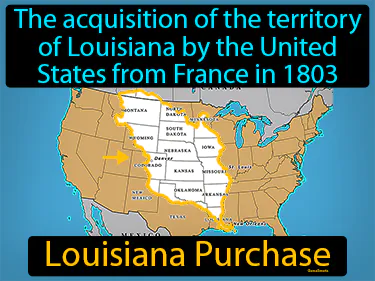
The acquisition of the territory of Louisiana by the United States from France in 1803. Louisiana Purchase. The Louisiana Purchase was when the U.S. bought a large amount of land from France, doubling its size.
Meriwether Lewis

Best known for his role as the leader of the Lewis and Clark Expedition, Meriwether Lewis. Meriwether Lewis was an American explorer who helped map the western United States.
Mormons
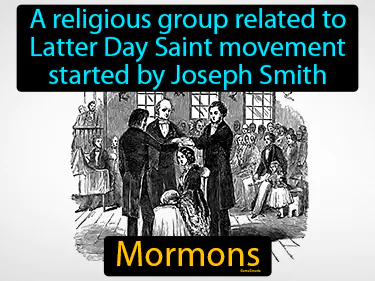
A religious group related to Latter Day Saint movement started by Joseph Smith. Mormons. In the 19th century, Mormons, or members of The Church of Jesus Christ of Latter-day Saints, followed Joseph Smith's teachings, including new scriptures and communal living.
Morrill Act
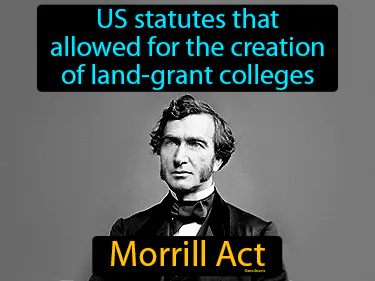
US statutes that allowed for the creation of land-grant colleges. Morrill Act. The Morrill Act was a law passed in 1862 that provided land to states to build colleges focused on agriculture and mechanics.
Mountain Men
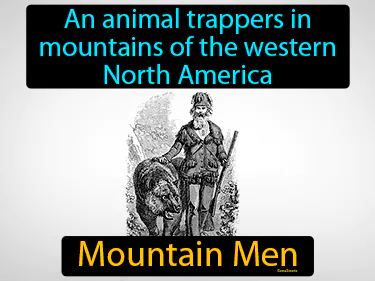
An animal trappers in mountains of the western North America. Mountain Men. Mountain Men were explorers and fur trappers in the 19th century who helped open up the American West.
Oregon Trail
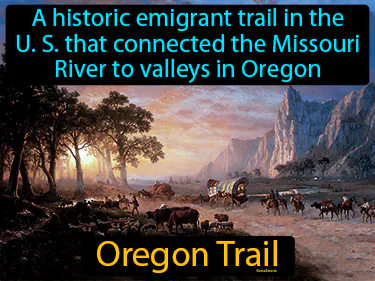
A historic emigrant trail in the US that connected the Missouri River to valleys in Oregon. Oregon Trail. The Oregon Trail was a 19th-century route used by pioneers traveling westward to settle in Oregon and other western states.
Pony Express
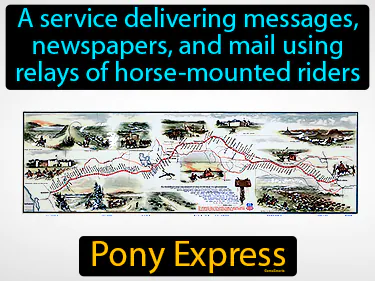
A service delivering messages, newspapers, and mail using relays of horse-mounted riders. Pony Express. The Pony Express was a fast mail service in the 1860s that used riders on horseback to quickly deliver mail across the American West.
Populist Party
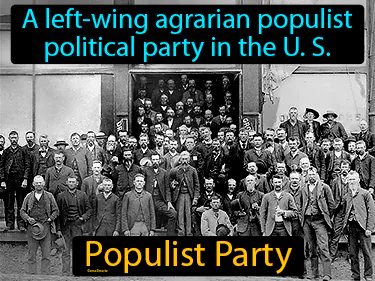
A left-wing agrarian populist political party in the U.S.. Populist Party. The Populist Party, also known as the People's Party, was a late 19th-century political movement seeking to represent the interests of farmers and laborers against the economic elite.
reservation
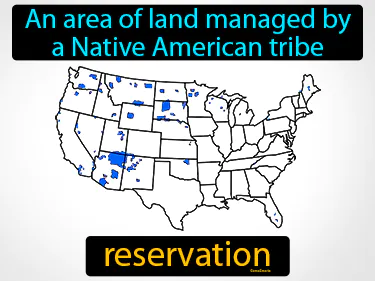
An area of land managed by a Native American tribe. Reservation. Reservations are parcels of land allocated by the government where Native American tribes have sovereignty and self-governance.
Sacagawea
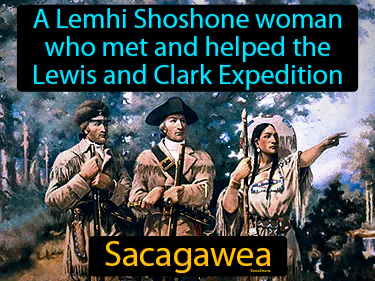
A Lemhi Shoshone woman who met and helped the Lewis and Clark Expedition Sacagawea. Sacagawea was a Native American guide and interpreter who played a crucial role in the success of the Lewis and Clark Expedition.
Santa Fe Trail
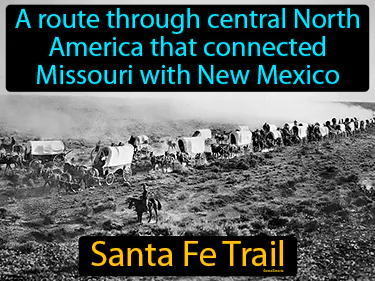
A route through central North America that connected Missouri with New Mexico Santa Fe Trail. The Santa Fe Trail was a 19th-century trade route that played a crucial role in the expansion and economic development of the American West.
Sarah Winnemucca
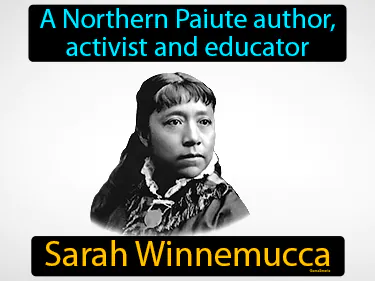
A Northern Paiute author, activist and educator, Sarah Winnemucca. She was a key figure in advocating for Native American rights and documenting her people's history in the 19th century.
Sitting Bull
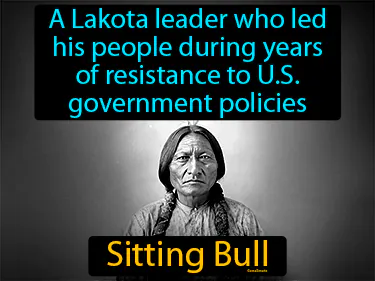
A Lakota leader who led his people during years of resistance to US government policies. Sitting Bull was a Native American chief known for his leadership and resistance against U.S. government encroachments.
sodbusters
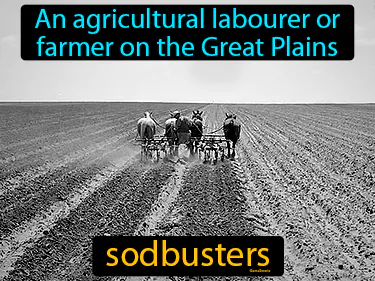
An agricultural labourer or farmer on the Great Plains. Sodbusters. Sodbusters were pioneer farmers who broke up the tough sod of the Great Plains to cultivate crops in the 19th century.
standard time

The synchronization of clocks within a geographical region to a single time standard. Standard time. Standard time was introduced in the 19th century to facilitate train scheduling and improve communication.
transcontinental railroad
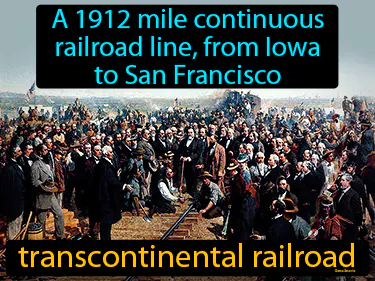
A 1912 mile continuous railroad line, from Iowa to San Francisco, transcontinental railroad. The transcontinental railroad was a train route that connected the eastern and western United States in the 19th century, transforming travel and commerce.
Treaty of Fort Laramie
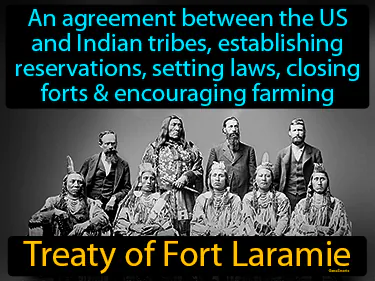
An agreement between the US and Indian tribes, establishing reservations setting laws. Treaty of Fort Laramie. This treaty was an 1851 agreement aiming to create peace between the US and various Native American tribes by defining territory boundaries.
Treaty of Medicine Lodge
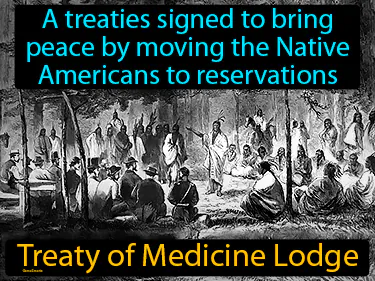
A treaty signed to bring peace by moving the Native Americans to reservations. Treaty of Medicine Lodge. The Treaty of Medicine Lodge was an agreement in 1867 aiming to relocate Native American tribes to designated reservations to reduce conflicts with settlers.
William Clark
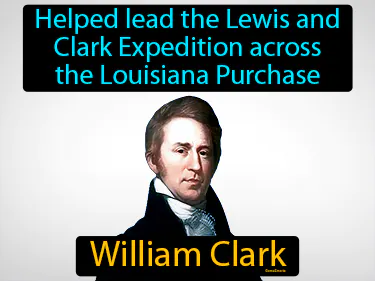
Helped lead the Lewis and Clark Expedition across the Louisiana Purchase. William Clark. William Clark was an American explorer who co-led a historic expedition to map and explore the western United States.
William Jennings Bryan
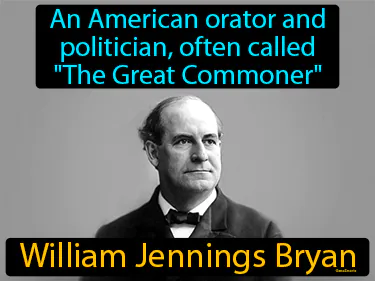
An American orator and politician, often called The Great Commoner. William Jennings Bryan. He was a prominent figure in the late 19th and early 20th centuries, known for advocating for populism and serving as Secretary of State under President Woodrow Wilson.
Zebulon Pike
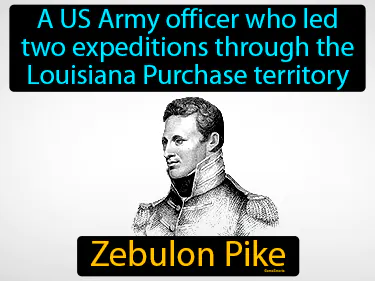
A US Army officer who led two expeditions through the Louisiana Purchase territory, Zebulon Pike. He is an explorer known for his expeditions that helped map the American West.

